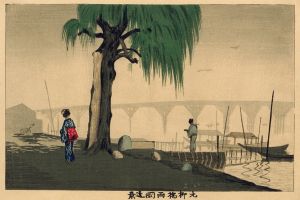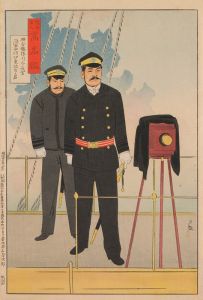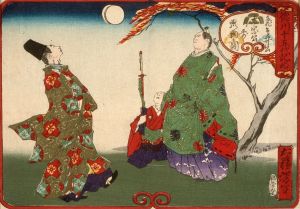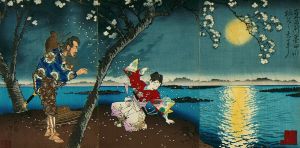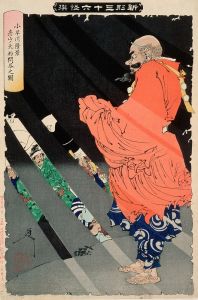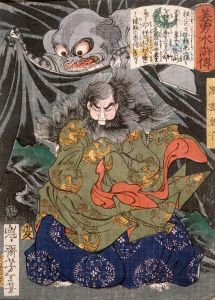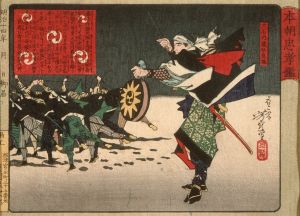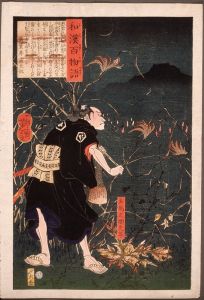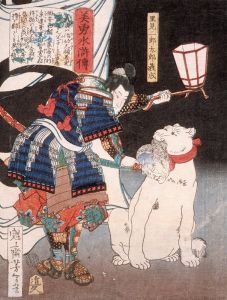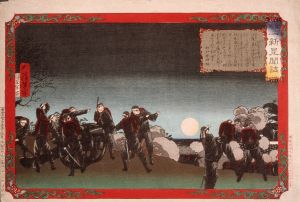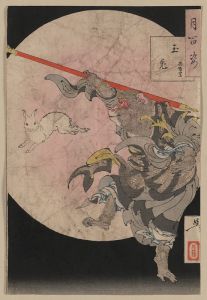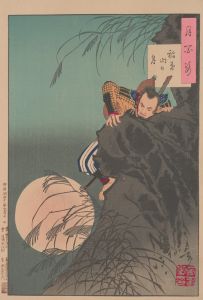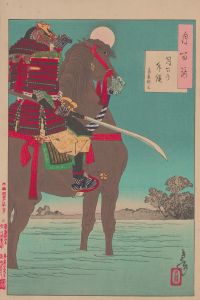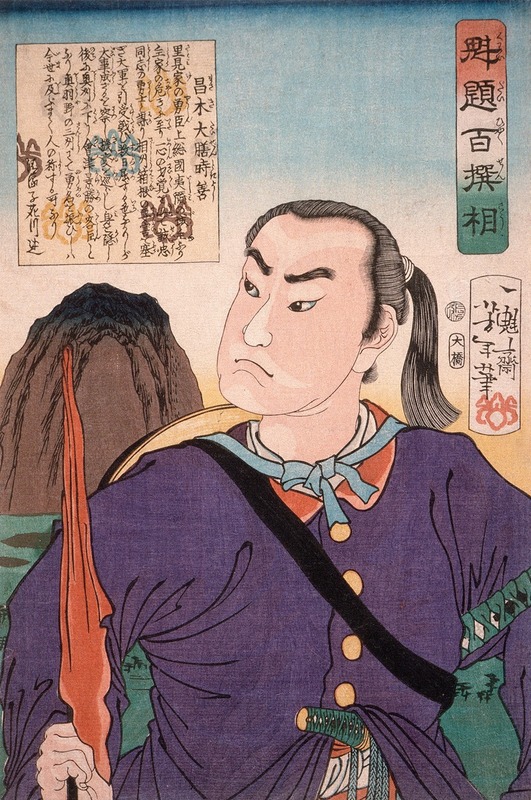
Masaki Taizen Tokiyoshi
A hand-painted replica of Tsukioka Yoshitoshi’s masterpiece Masaki Taizen Tokiyoshi, meticulously crafted by professional artists to capture the true essence of the original. Each piece is created with museum-quality canvas and rare mineral pigments, carefully painted by experienced artists with delicate brushstrokes and rich, layered colors to perfectly recreate the texture of the original artwork. Unlike machine-printed reproductions, this hand-painted version brings the painting to life, infused with the artist’s emotions and skill in every stroke. Whether for personal collection or home decoration, it instantly elevates the artistic atmosphere of any space.
Tsukioka Yoshitoshi was a renowned Japanese artist and printmaker, known for his work in the ukiyo-e genre during the late Edo and early Meiji periods. He is often celebrated for his innovative approach to traditional woodblock printing and his ability to capture the complexities of human emotion and historical narratives. One of his notable works is the depiction of Masaki Taizen Tokiyoshi, a subject that reflects Yoshitoshi's interest in historical and legendary figures.
Masaki Taizen Tokiyoshi is a character from Japanese history, often associated with tales of bravery and martial prowess. Yoshitoshi's portrayal of Tokiyoshi is part of his broader series that explores historical and legendary samurai figures, showcasing their valor and the dramatic moments of their lives. This series is known for its dynamic compositions and the vivid portrayal of its subjects, which was a hallmark of Yoshitoshi's style.
Yoshitoshi's work during this period was characterized by a keen attention to detail and a deep understanding of the cultural and historical contexts of his subjects. His prints often featured bold lines and vibrant colors, which were used to emphasize the dramatic tension and emotional depth of the scenes he depicted. In the case of Masaki Taizen Tokiyoshi, Yoshitoshi likely employed these techniques to bring to life the legendary status of the samurai, capturing both the physical and psychological aspects of his character.
The historical context of Yoshitoshi's work is significant, as it was created during a time of great change in Japan. The transition from the Edo period to the Meiji era brought about significant social, political, and cultural transformations. Yoshitoshi's art reflects these changes, as he often sought to preserve traditional Japanese themes while also incorporating new influences and techniques. His work serves as a bridge between the past and the present, offering a glimpse into the evolving identity of Japan during this transformative period.
Yoshitoshi's portrayal of Masaki Taizen Tokiyoshi is not just a simple representation of a historical figure; it is an exploration of the ideals and values that defined the samurai class. Through his art, Yoshitoshi invites viewers to reflect on the notions of honor, loyalty, and courage that were central to the samurai ethos. His work continues to be celebrated for its ability to convey these timeless themes with a sense of immediacy and relevance.
In conclusion, Tsukioka Yoshitoshi's depiction of Masaki Taizen Tokiyoshi is a testament to his skill as an artist and his deep engagement with the cultural and historical narratives of Japan. His work remains an important part of the ukiyo-e tradition, offering insights into the complexities of Japanese history and the enduring legacy of its legendary figures. Through his innovative approach and masterful technique, Yoshitoshi has left an indelible mark on the world of Japanese art.





